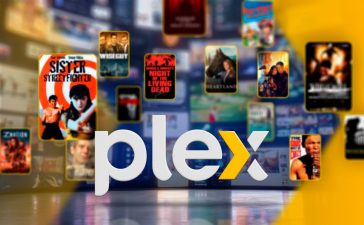Apple (iOS) versus Android resembles Democrats versus Republicans. People harbor strong views about their smartphones. There aren’t many “independents.” The partisanship is stronger than Camry versus Accord or Bud versus Miller.
According to some reports, Blue states lean slightly more toward Apple. Device Atlas reports iOS outnumbers Android two to one in Illinois. Nationally, Apple’s iOS far surpasses Android, while worldwide, Android remains well ahead of Apple. Don’t try predicting the outcome of November’s election based on which kind of phone you see your fellow Americans using.
While my partner and I share the same politics, she is a confirmed Apple person, while I value Android/Windows. We tried an experiment. Last fall for her birthday, I bought her a new iPhone 15 ($800) running iOS 17, and I bought myself a Google Pixel 8 ($700) running Android 14. We received generous trade-in discounts for our old phones. The iPhone and Pixel are the base versions of brand-new models with the latest operating system updates.
Since it’s made for Google, which licenses the Android system, the Pixel is a rare plain vanilla pure Android phone. Other manufacturers embellish their Android phones with proprietary screen displays, apps and features. Since Apple does not license its operating systems and designs, all iPhones come only from Apple with identical operating systems.
The difference between the iPhone 15 and Pixel 8 lies mainly in software, app stores and intangible “feel,” not in the performance of the actual hardware. Both phones are pretty similar in size, weight and screen quality with OLED displays. The 15 uses a 6.12-inch display, while the 8 uses a 6.2-inch display, an insignificant difference. Similarly, the 15 weighs 7.08 ounces, while the 8 weighs 6.6 ounces.
Google developed its own Tensor processor, manufactured by Samsung, for its Pixel phones. Nearly all other Android phone manufacturers incorporate chips made by Qualcomm. Apple relies on its own A16 Bionic processor, which is slightly more advanced than the Tensor 3. Google went with its own Tensor chip in order to extend its operating system update window to about seven years to compete with Apple. Phones with Qualcomm chips generally only offer two to three years of updates.
Whether talking, texting or watching a video, you won’t notice much difference between the iPhone 15 and Pixel 8. Apple’s phones are less subject to malware.
Comparing my partner’s iPhone 15 with my Pixel 8, they mainly diverge in elegance, ease of use and configurability. Other differences tend to be subtle. For example, Apple uses a 48 mega-pixel main camera enhanced with high dynamic range (HDR) 5. Google uses a 50 mega-pixel lens with “ultra HDR.” The hair-splittingly close comparisons suggest not choosing the phone based on photo capabilities.
If you like Windows, you’ll appreciate exceptionally configurable Android. If you delve into the hidden “developer” settings, you can customize the phone to your heart’s content. Just be sure that you know what you’re doing, or you could end up with a very expensive brick. My Pixel 8 arrived with a few annoying major software glitches that required backing up the phone to the Google cloud, resetting the factory settings and then reloading all of my settings, contacts and apps.
Android allows easily connecting to a Windows PC to upload and download photos and music by dropping and dragging. Apple permits that between iPhones and Macs.
If you desire Android, the Pixel 8 or even its predecessor, the Pixel 7, are the best values in the Android universe. The 8 also costs $100 less than the competing iPhone 15.
The iPhone 15 is more elegant, polished and reliable than my Pixel 8. It’s easier to use and definitely feels like more thought went into its design. Regular readers know I’m not an Apple fanboy, but if I was not a Windows guy and had the chance to do it over, I’d pick the iPhone 15.
Rich Warren, who lives in the Champaign area, is a longtime reviewer of consumer electronics. Email him at hifiguy@volo.net.












